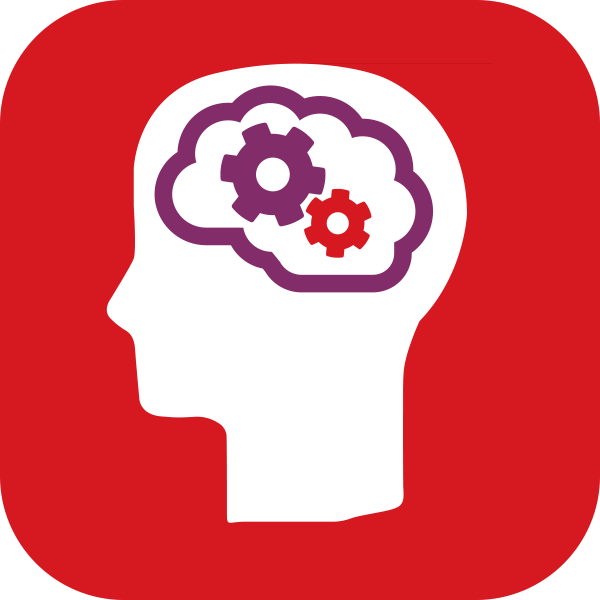“ ”
At entry to EYFS, the school has a wide ability profile that is in line with age-related expectations but as the pupils move through the school, the profile rises to significantly above the national average. Clearly this is a great credit to the teachers, who base their teaching on individual pupil profiles that are informed by a comprehensive programme of assessment from Reception through to Year 6.
Jill Wilson CBE, Headmistress at The Gleddings, explains: “Our model of assessment allows us to target our teaching to meet the needs of the children, whether they are SEND, EAL or academically able. We are able to deliver a personalised programme of learning for each child based on the information derived from GL Assessment’s tests to ensure that every child is a learner every lesson.”
Communication with parents takes place on a very regular basis, with termly parents’ evenings and full written reports in the middle and at the end of the year. The teachers encourage parents to discuss the progress and development of their children whenever possible so that the school and the family are constantly sharing and updating information to ensure the best possible results for each child.
One of the core assessments used throughout the school is the New Group Reading Test (NGRT) – an assessment of reading and comprehension that also measures how a pupil is performing compared to their peers at a national level. Results from this assessment provide the main evidence for the school’s mid-year report to parents from Year 1 upwards.
“We firmly believe that reading is the key to everything,” says Jill. “Reading and comprehension are the gateways to learning but they can also be the barriers. This is why the NGRT is particularly good as it identifies the discrepancies one way or another.”
“We also believe that there’s little point in reporting to parents if you can’t set targets and show parents what the children need to do next to improve.”
Comparing attainment with potential
The school then uses the Progress Test Series – attainment assessments for Maths and English – from the end of Year 1 to demonstrate how well the children have learnt the year’s curriculum. Importantly, these results are then compared with the Cognitive Abilities Test (CAT4) – an assessment that helps schools understand pupils’ developed abilities and likely academic potential.
As Jill explains, “All the staff work together to draw up a profile that shows how a child’s achievement compares to their ability, where they sit in the context of their cohort and where they are on their learning journey. CAT4 is instrumental to this; it helps us to determine why children may not be achieving and gives us clues as to how we can construct a different model for them.”
“As CAT4 also provides performance indicators for Key Stage 2, parents can see how their children are performing with that landmark in mind,” Jill adds. “We value GL Assessment’s tests enormously. They are central to our teaching and learning, and we continuously share the data with parents.”
This approach has proven very successful, as the school’s ISI report states: ‘This level of attainment indicates that pupils of all abilities, including those with SEND or EAL, make an excellent rate of progress in relation to pupils of similar ability. All pupils and parents who responded to the questionnaire expressed strong appreciation for this notable rate of progress.’

“ ”
“ ”

Looking at the whole picture
While their academic results speak for themselves, it’s clear that The Gleddings is about so much more. “Our caring ethos is central to everything we do and our intention is simply to make children as happy and successful, both academically and personally, as they can possibly be,” Jill explains.
To take their profile mapping to the next level, the school uses the Pupil Attitudes to Self and School (PASS) attitudinal survey to see if the children have any concerns or worries about their learning or school that might be a barrier. Having looked at a child’s cognitive ability and achievement, the school then looks to PASS to see if they can identify any correlation between achievement and attitudes so that every child fulfils their potential, whatever it may be.
PASS focuses on nine standardised attitudinal measures that are proven to be linked to key educational goals, including self-regard, confidence in learning and response to curriculum demands. Results appear in a simple traffic light format and as you might expect, the pupils at The Gleddings are very happy: their last PASS survey came out virtually all green. However, the results can still provide useful insights into children’s mindsets and how their learning and their time at school can be improved. PASS has been particularly valuable in the last two years in assessing the impact of the pandemic on each child's wellbeing.
“One of our most important uses for PASS is to highlight any self-esteem and confidence issues for children we have identified as having learning difficulties and disabilities,” explains Jill. “As it said in our inspection report, our SEND pupils make excellent progress and that would not be so if the impediments to their learning stopped them from having a 'can do' attitude. PASS is an ideal early warning system to flag up signs of any learning anxieties.”
Jill concludes: "When the children leave The Gleddings at the age of 11, they have learned how to learn. Their learning has been personalised to match their individual needs, identified by the range of assessments provided by GL Assessment. Because of this, they enter the next stage of learning having experienced success and wanting more.”
The Gleddings Preparatory School is one of our Advocate Partners
“ ”
“ ”




